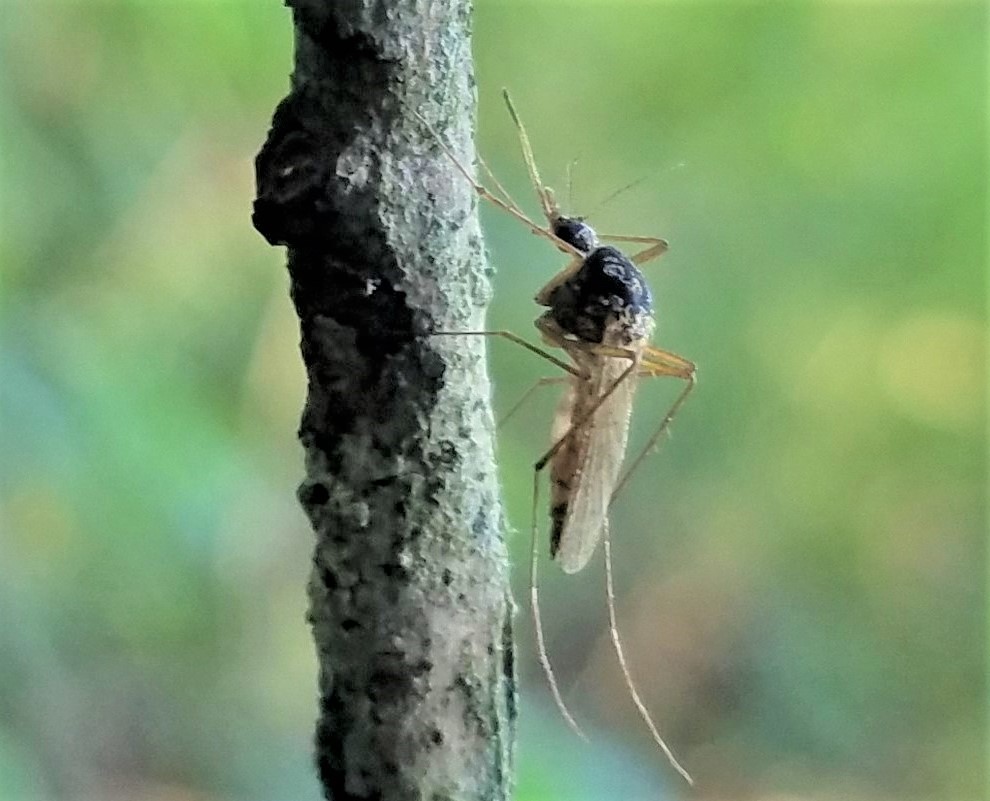Posted by Babaudus on 17-09-2020 16:58
#1
Dear all,
first, let me congratulate you on a fantastic web forum about the diptera - after 15 years in the geosciences I am now entering an interesting new crossover research project that includes the remote sensing of wetlands (well, that's still Earth science) and the characterization of the local/regional mosquito population on the ground (which requires some entomology that is new to me). While I think I am already on a good learning curve mainly using comprehensive online ID databases such as MosKeyTool, Mosq_Gen, Walter Reed's image repository, and others (identifying An. plumbeus, Ae. japonicus, for example, seems pretty straightforward) as well as scientific papers (e.g., Werner et al., 2020 on the 52 culicidae species currently known in Germany), there are still a number of mosquitoes I have a hard time identifying. I would be happy if some of you - much more experienced than me - could send me your thoughts and comments. Of course, I am realistic enough to know my first unidentified mosquito posted here will likely be a common and well-known species. But who knows, Lake Schmiechen is a special place with a unique fanua and flora.
Thanks in advance!
Martin
Unidentified mosquito details:
Locality: Lake Schmiechen, Swabian Alb (Baden-Württemberg, Germany), 48°21'01.6"N, 9°43'52.9"E. This is a natural reserve and I am allowed to sample this spot with approval by the State of Baden-Württemberg, using a Biogents (BG-Pro) Trap Station.
Collecting time: September 13-15, 2020
Weather and terrain conditions: warm, sunny, dry (lakeshore domain is mostly dried up; mainly bushes and natural 'mulch'; forest is nearby within ~100 m)
Mosquito: ca. 7 mm long, general color brown to black, short palps, legs not or very faintly banded, tip of abdomen is pointy.
The thorax is in large parts bare with local patches of scales & setae; the scutum is mostly bare, almost 'bald', and dark brown to black; tarsi have claws (I am not certain whether there are pulvilli or not); abdominal tergites are brown and have thin domains of pale scales; the abdomen has visible cerci.
There are at least four Aedes species in the MosKeyTool that look somewhat similar to the mosquito from Lake Schmiechen, but I am not sure whether they are a match: Ae. pullatus; Ae. intrudens; Ae. impiger; and/or Ae. nigripes. However, since the latter two seem to be restricted to the (sub-)arctic region (and are not known to occur in Germany), I am not sure whether considering these two species makes a lot of sense.
I attach a number of images. What do you think?
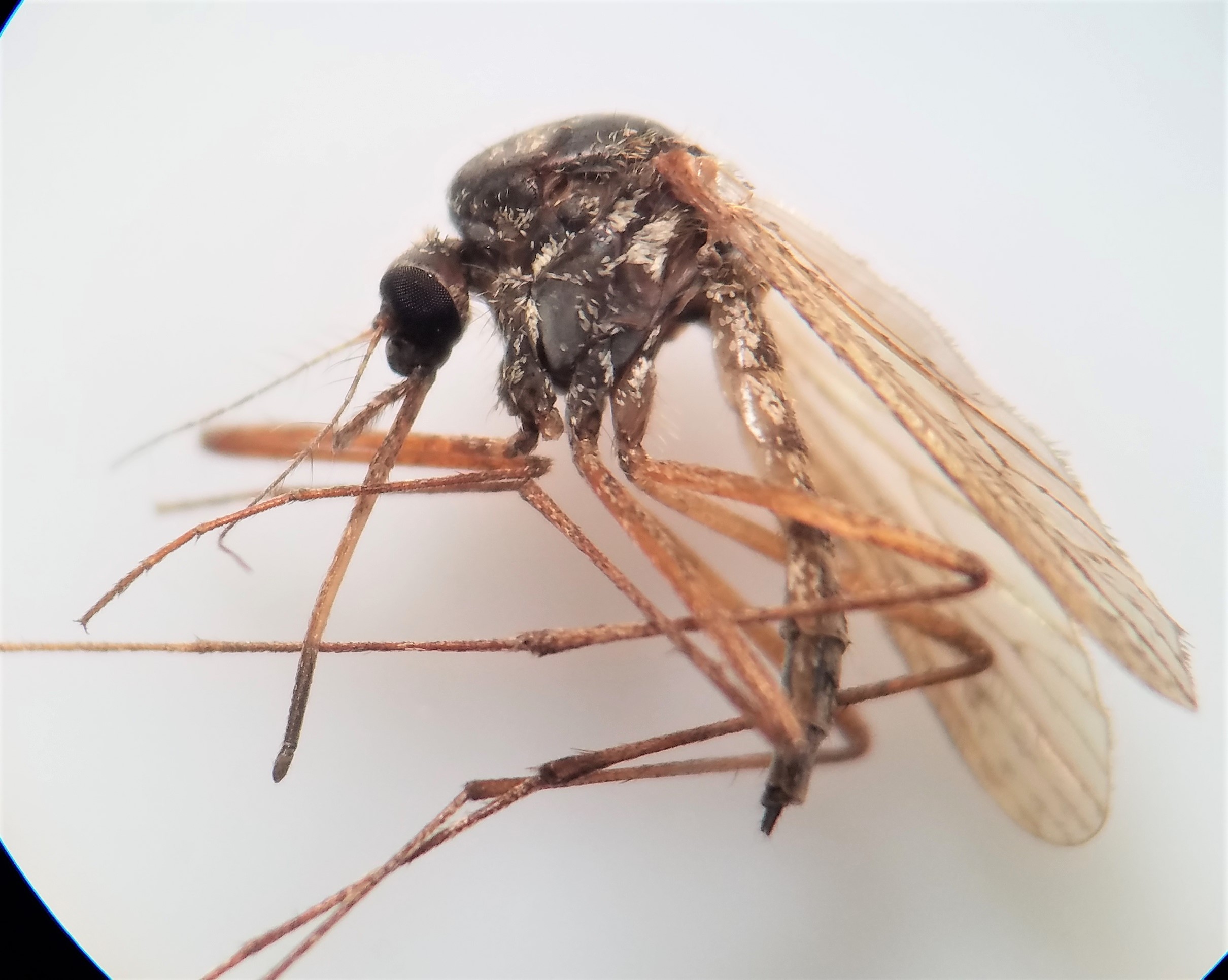
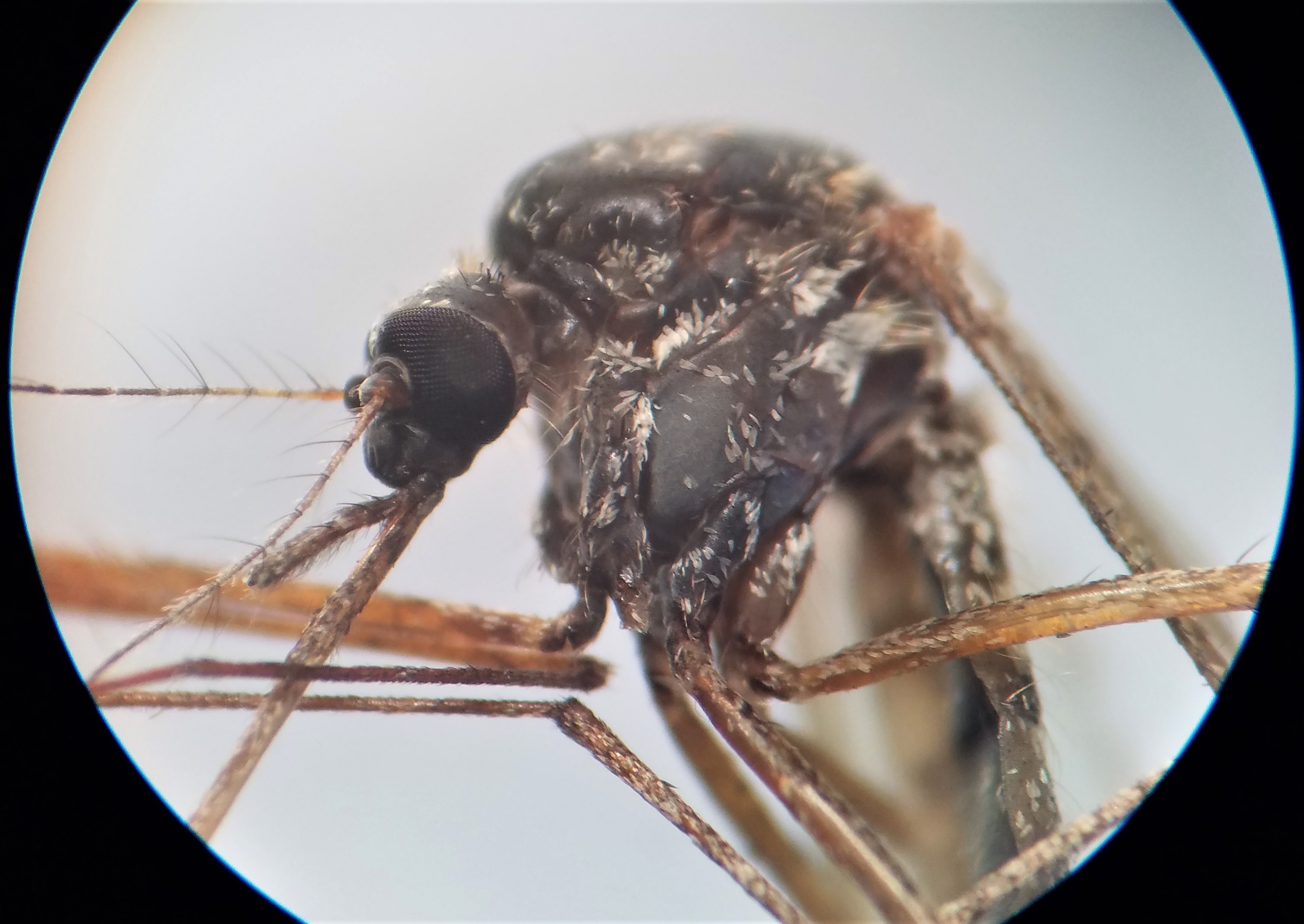
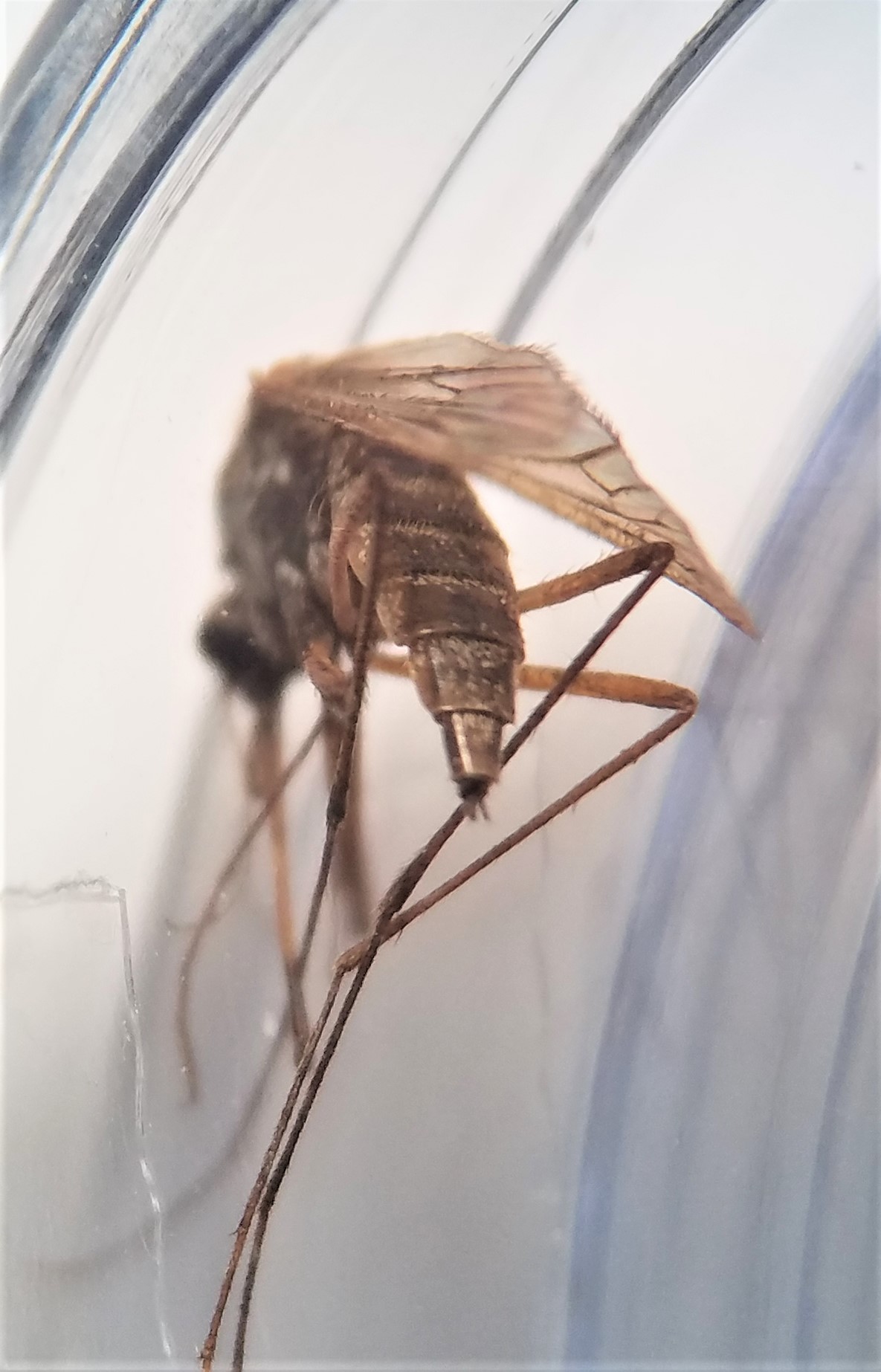
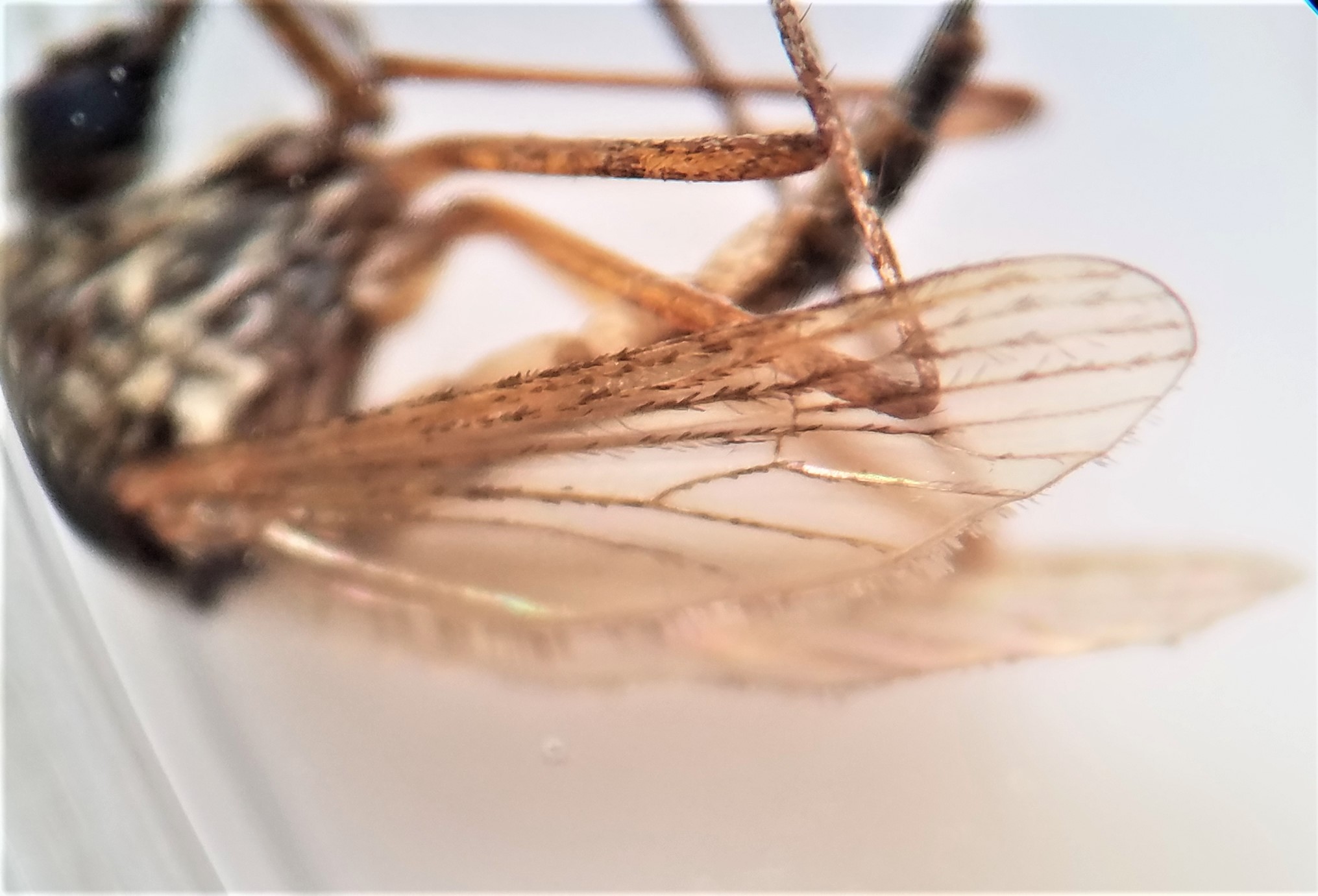
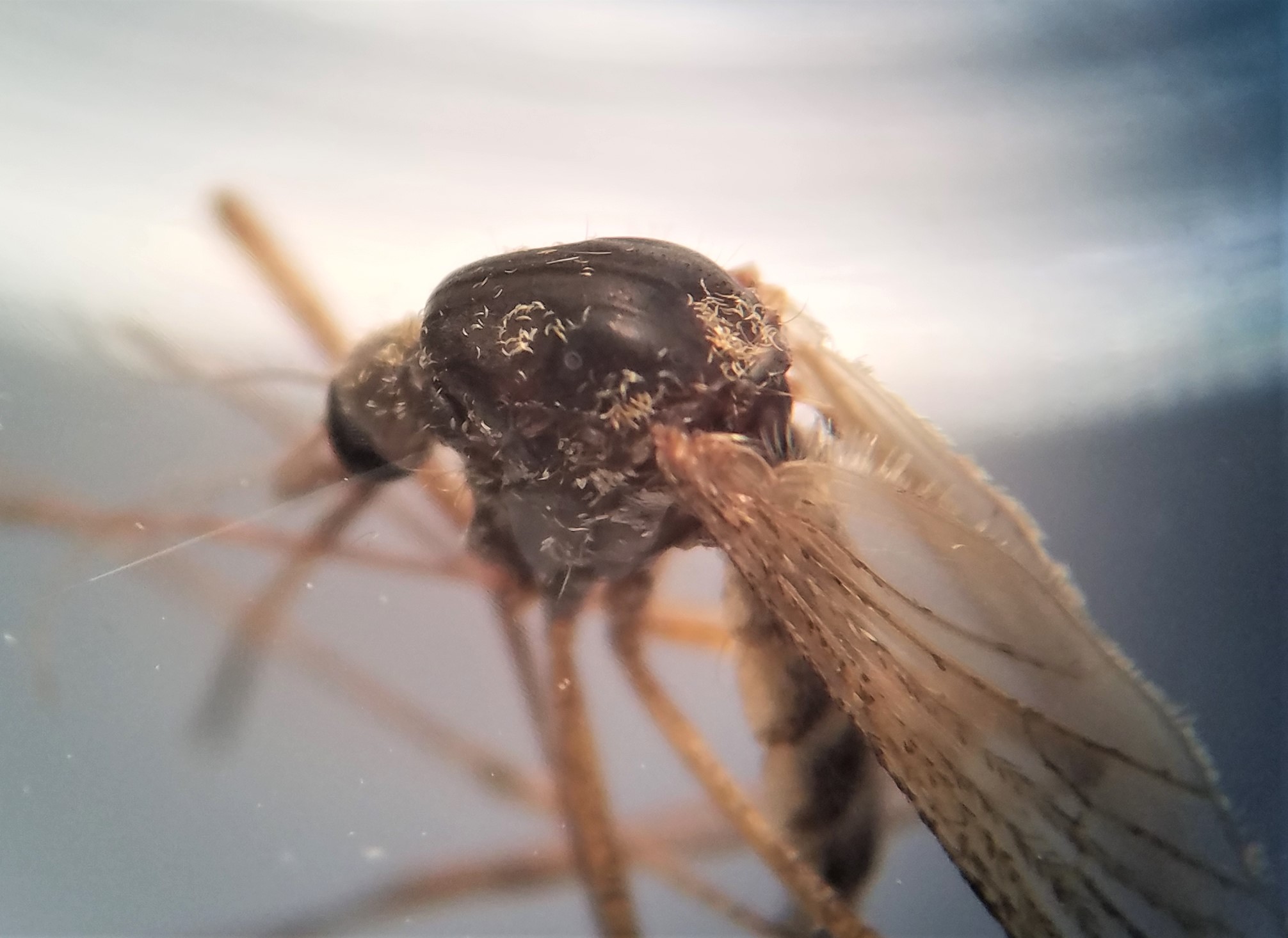
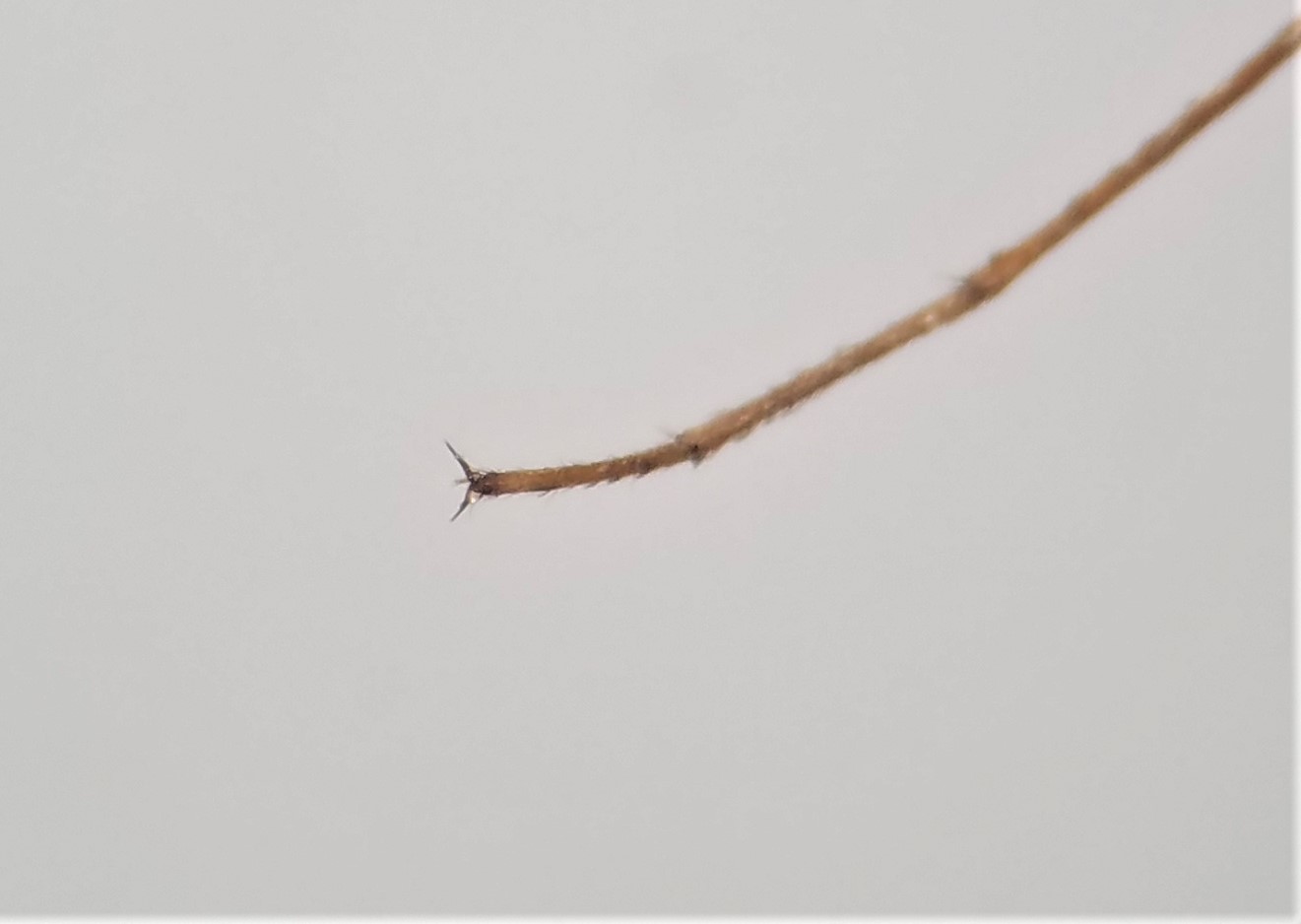
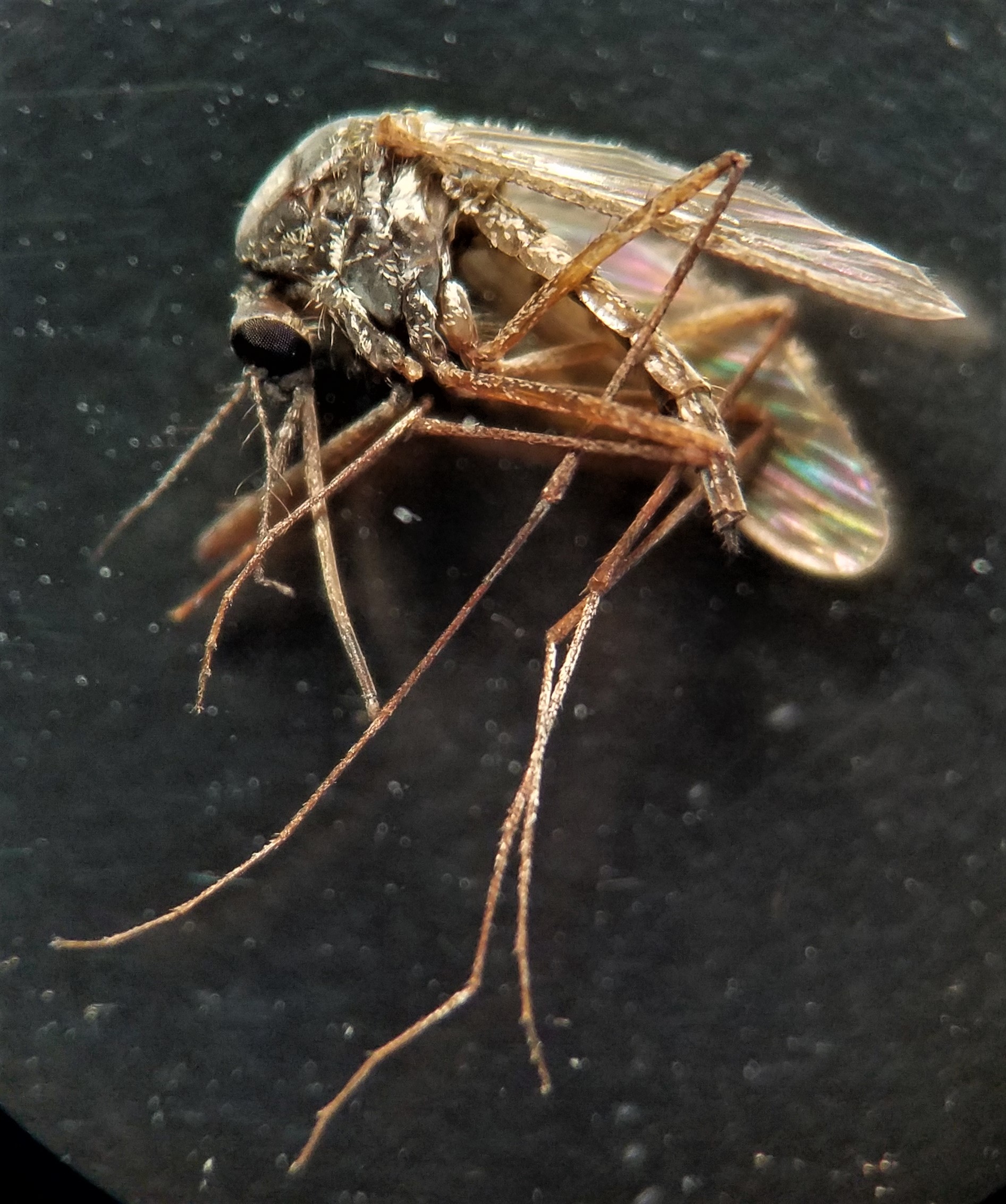
Thank you for your time and input!
Edited by Babaudus on 17-09-2020 17:06
